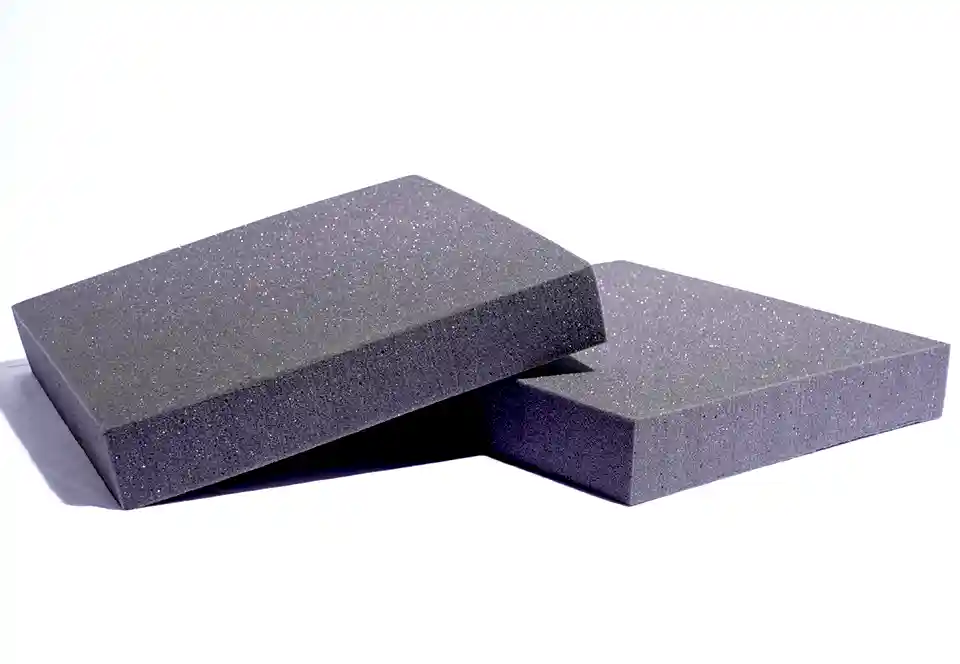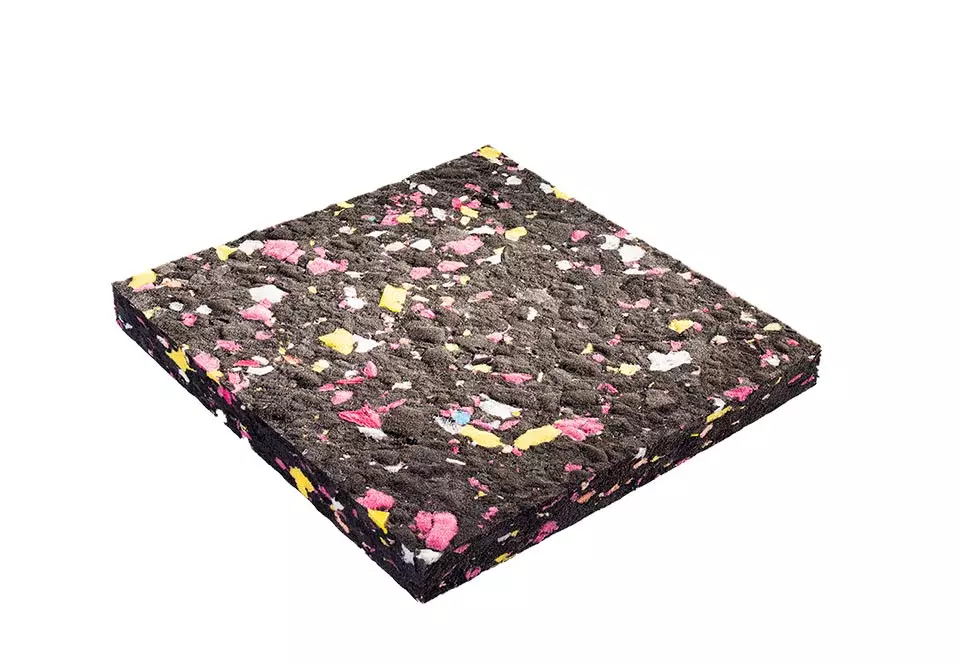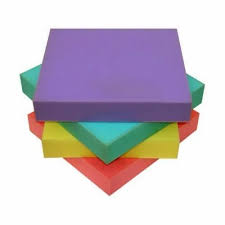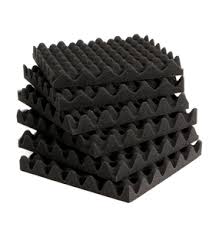Acoustic Foam
Acoustic foam is a type of foam material that is specifically designed to absorb sound waves and reduce noise levels in a given space. It is commonly used in applications where sound control and noise reduction are important, such as in recording studios, concert halls, and home theaters. Acoustic foam is also known for its versatility. It can be cut and shaped to fit a wide range of applications, from small acoustic panels to large wall-mounted installations.
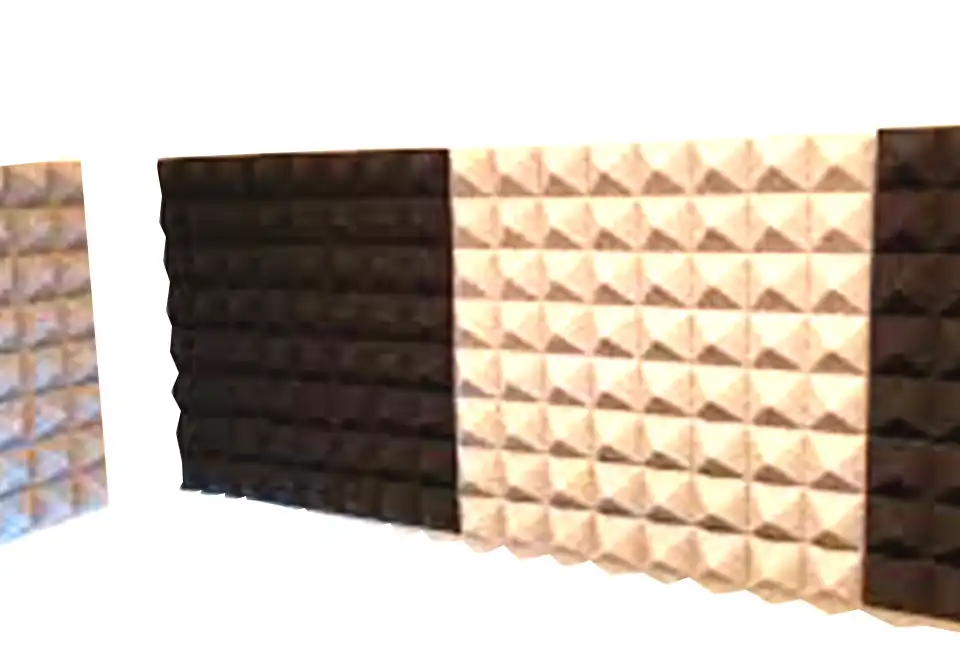


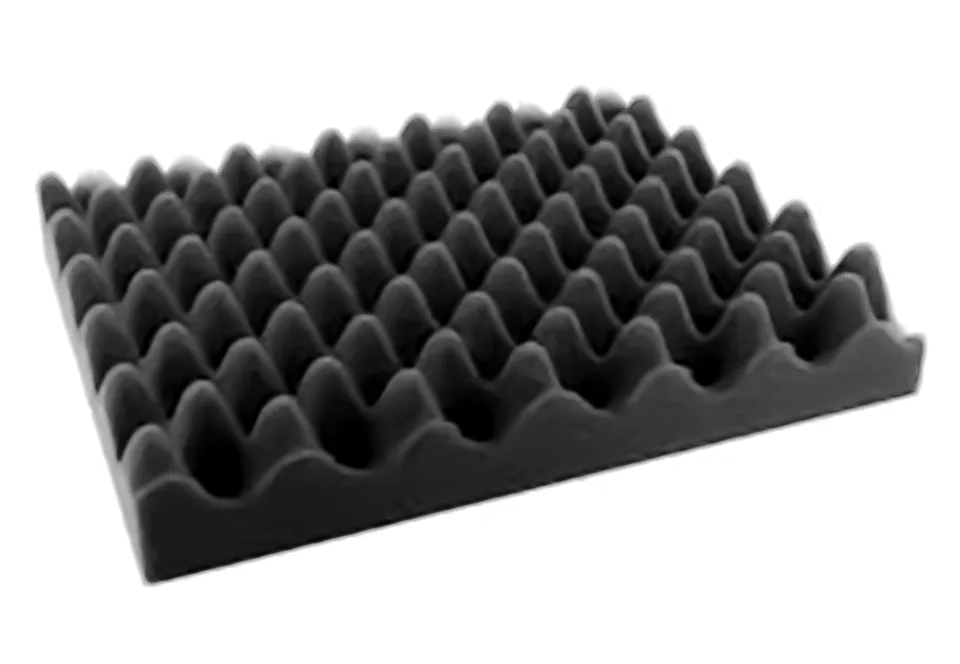
| Product Specification | ||
|---|---|---|
| Product Code | --- | |
| Density Available | 24, 28, 32 Density | |
| Shape | Customized | |
| Application | Auditorium, Stdioes, Theores & Etc.. | |
| Patern | Customized | |
| Sample Available | 1 no's | |
| Certification | ARAI | |
| Main Demestic Market | All India | |
| Colour | Multi Colour | |
| Grades | FR | |
| Third Party Confirmation | ARAI | |
Product Description
Acoustic foam products are specifically designed to improve the sound quality of a given space by reducing noise levels and controlling sound reflections. These foam products are typically made from a variety of materials, such as polyurethane foam or melamine foam, and are available in a range of different shapes and sizes to fit a variety of applications. One of the most common types of acoustic foam products are acoustic panels, which are typically mounted on walls or ceilings to absorb sound waves and reduce echo and reverberation in a room. These panels are available in a variety of shapes, such as squares or rectangles, and can be custom-cut to fit specific applications.
Acoustic Foam Characteristics
Acoustic foams are specifically designed to control sound reflections and reduce noise levels in a given space. They are characterized by a number of unique properties that make them ideal for a wide range of applications.
One of the key properties of acoustic foam is its ability to absorb sound waves. The unique cellular structure of the foam material allows it to trap sound waves and prevent them from bouncing back into the room, which helps to reduce noise levels and improve sound quality.
Another important property of acoustic foam is its fire resistance. Many acoustic foams are treated with fire retardants to improve their safety in high-heat environments, such as recording studios or industrial facilities.
Acoustic foams are also known for their durability. They are typically resistant to wear and tear, as well as to moisture and mold, making them a long-lasting solution for many different applications.
Acoustic foams are also available in a range of different shapes and sizes, which makes them highly versatile and adaptable to a wide range of applications. From small acoustic panels to large wall-mounted installations, there is an acoustic foam product to fit almost any application.
Finally, acoustic foams are typically lightweight and easy to handle, which makes them an attractive option for many different industries. They can be easily cut and shaped to fit a variety of applications, and are typically easy to install and maintain.
Overall, the unique properties of acoustic foam make it a highly effective and versatile solution for controlling sound reflections and reducing noise levels in a wide range of applications, from home theaters to recording studios to industrial facilities.
Acoustic Foam Applications
Acoustic foam is a versatile material that can be used in a wide range of applications to control sound reflections and reduce noise levels.
Here are some of the most common applications of acoustic foam:
Home theaters: Acoustic foam can be used to line the walls of a home theater room to reduce sound reflections and improve sound quality.
Recording studios: Acoustic foam is commonly used in recording studios to control sound reflections and prevent unwanted echoes and reverberations.
Music venues: Acoustic foam can be used in music venues to reduce noise levels and improve sound quality for both performers and audience members.
Offices: Acoustic foam can be used in offices to reduce noise levels and improve speech intelligibility, which can increase productivity and reduce stress levels.
Industrial facilities: Acoustic foam can be used in industrial facilities to reduce noise levels and improve worker safety by reducing the risk of hearing damage.
Automotive applications: Acoustic foam can be used in cars and other vehicles to reduce road noise and improve overall sound quality.
Home recording studios: Acoustic foam can be used in home recording studios to control sound reflections and prevent unwanted echoes and reverberations.
Overall, the applications of acoustic foam are numerous and varied, making it a highly versatile and valuable material for controlling sound reflections and reducing noise levels in a wide range of settings.
FAQ's
Acoustic foams are specialized materials designed to absorb sound waves and reduce noise levels within a space. They are often used in applications where soundproofing, noise control, or acoustic treatment is necessary.
Acoustic foams work by capturing sound energy and converting it into small amounts of heat through friction and air resistance. This process helps reduce echoes, reverberation, and ambient noise, leading to improved sound quality and reduced noise levels.
Acoustic foams are used in a wide range of applications, including recording studios, home theaters, commercial spaces, offices, and industrial settings. They are also employed in automotive and aerospace industries to reduce noise within vehicles and aircraft.
Yes, there are various types of acoustic foams designed for different purposes. For example, bass traps focus on low-frequency sound absorption, while diffusers scatter sound reflections. The choice of foam depends on the specific acoustic goals of the space.
Yes, acoustic foams can be customized to meet specific acoustical requirements. Manufacturers offer a variety of foam types, thicknesses, and designs to address specific sound absorption and noise reduction needs in different environments.


